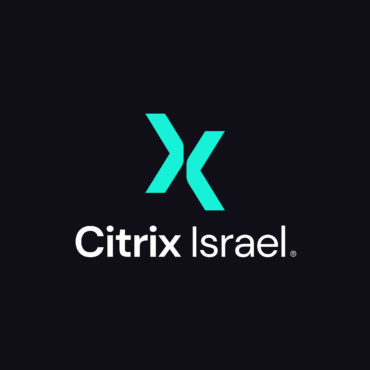The digital world is in a state of constant evolution. As organizations across the globe adapt to new methods of work, hybrid structures, and increased cloud adoptions, securing their digital assets becomes paramount. Among the most significant shifts in the realm of cybersecurity is the migration from traditional VPN solutions to Zero Trust Network Access (ZTNA). This transition has not only redefined remote access but has also undergone its own metamorphosis from ZTNA 1.0 to ZTNA 2.0.
“Most organizations have discovered that old and clunky VPN-based solutions just don’t cut it from a security and performance perspectiv”, wrote Palot Altos Founder. Niz Zuk, in a blog post. “These legacy solutions have no concept of context and thus do not understand how to apply application, user or device-based, least privilege access. Instead, they give trusted access to entire network segments. In the world of hybrid work and cloud migration, legacy VPN is dead”.
Understanding ZTNA
At its core, ZTNA is a technological framework designed to provide secure remote access to applications and services based on defined access control policies. Unlike the VPNs of old, which blanketly granted access to a LAN, ZTNA operates on a ‘default to deny’ principle. Access is granted only when a user has been authenticated by the ZTNA service, ensuring that applications are shielded by obscuring their publicly visible IP addresses. By embracing the “dark cloud” concept, akin to software-defined perimeters (SDP), ZTNA safeguards against lateral attacker movements—a significant step up from the more open nature of VPNs.
Limitations of ZTNA 1.0
While ZTNA was a noteworthy progression from VPNs, its first iteration, termed ZTNA 1.0, had significant limitations:
- Operational Complexity: Its deployment often required intricate configurations, making the management of connections a tedious process.
- Overextended Access: ZTNA 1.0 relied on broad access controls that utilized low-level networking constructs, leading to excessive access.
- Permanent Trust: Once ZTNA 1.0 granted access to an app, that trust was indefinite, regardless of changes in user or application behavior.
- Limited Protection Scope: ZTNA 1.0 struggled with securing modern cloud-native applications and had minimal visibility or control over data.
Introducing ZTNA 2.0
Addressing the gaps left by ZTNA 1.0, ZTNA 2.0 emerges as a more refined, comprehensive solution:
- True Least-Privileged Access: Leveraging App-ID™ technology, ZTNA 2.0 precisely controls access at the app and sub-app levels, ensuring limited and necessary access.
- Continuous Trust Verification: Instead of permanent trust, ZTNA 2.0 continually monitors trust using App-ID, User-ID™, and Device-ID™ technologies, adapting access based on real-time evaluations.
- Comprehensive Security: This upgraded version provides consistent protection for all apps and data. It’s equipped to protect cloud-native apps, private apps, SaaS apps, and more, all under a singular DLP policy.
- Scalability and Flexibility: Automated app discovery, onboarding, and tunnel management make ZTNA 2.0 not only secure but also efficient and scalable.
ZTNA & The SASE Framework
Modern cybersecurity requires a holistic approach. Enter the Secure Access Service Edge (SASE) – a model that amalgamates WAN and security services, streamlining them into a cloud-delivered service edge. ZTNA, particularly its 2.0 iteration, fits seamlessly into this framework, enhancing the protection and efficiency SASE promises.





